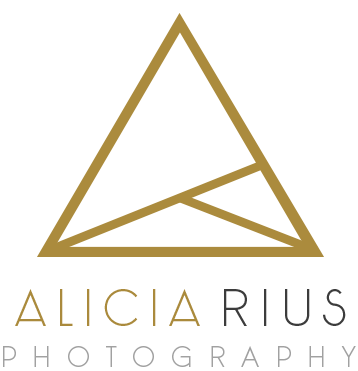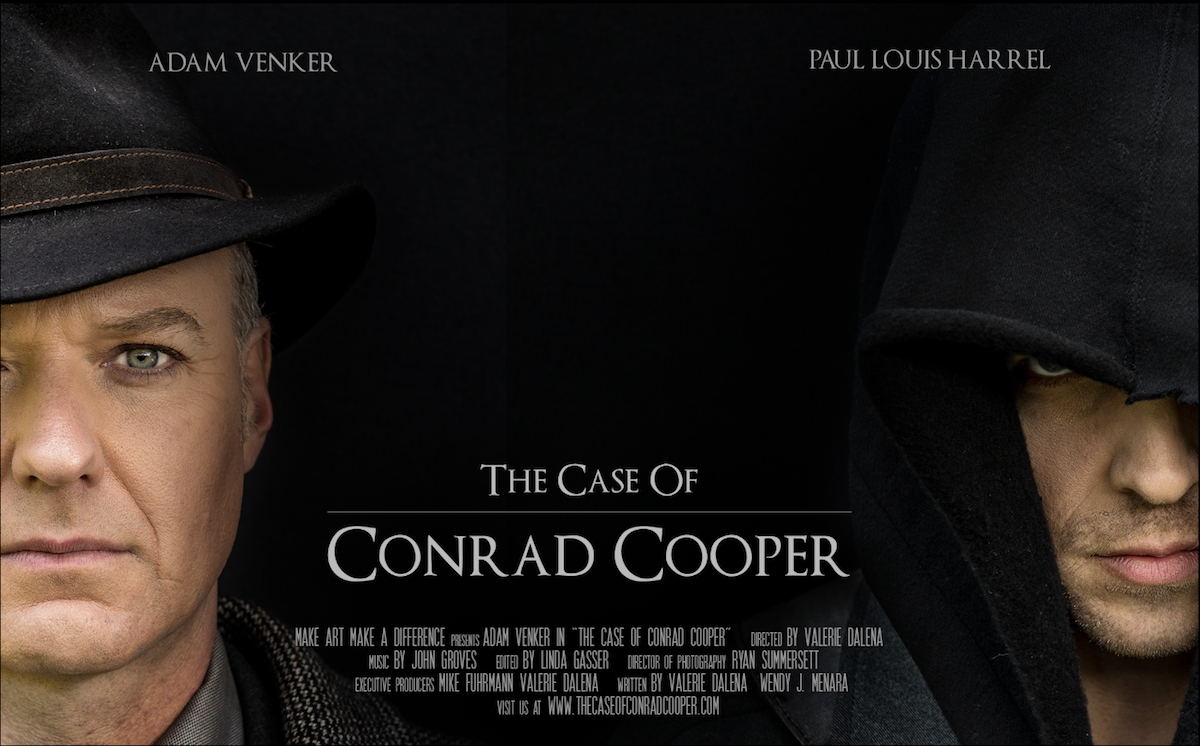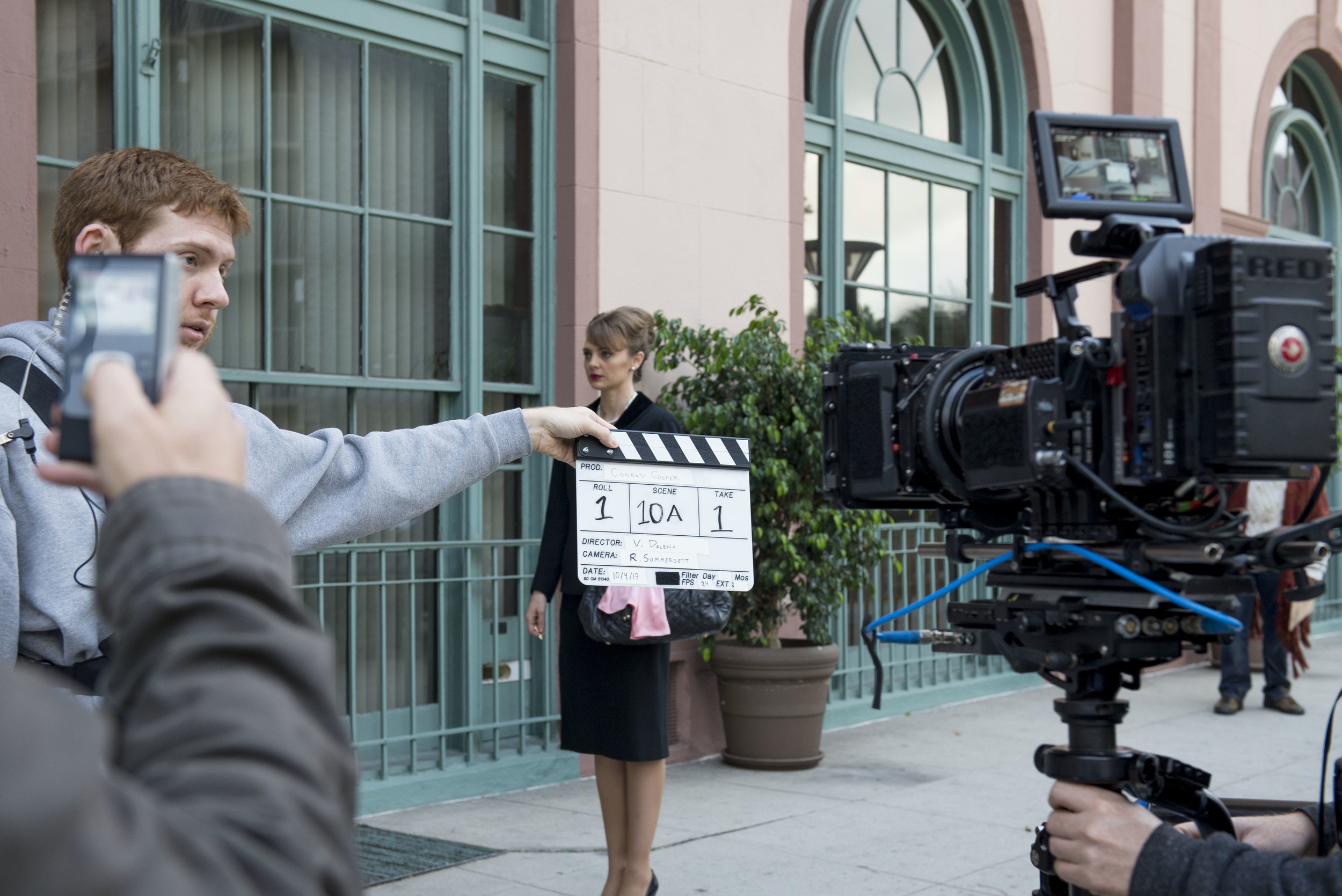In order to raise publicity for any new production, and ultimately to heighten suspense before the showing is made public, still photography is crucial in promoting the work. Set stills are used in the marketing of a film of the cast by highlighting their appearance as they would be in the actual filming, such as with wardrobe, background, and the stage aspects.
Movie Poster for the short film The Case of Conrad Cooper.
Photography by Alicia Rius Photography.
Although a wonderful way to garner any movie-lover’s attention, taking behind the scenes photos can be tricky at times, and most definitely requires a correct protocol. With these tips, you will be on your way to taking professional and effective behind the scenes images to capture, in still photography, your next production.
Tip 1: The Art of Anticipation
The more you work on a production set, the easier this will become; the ability to anticipate will come over time. You will develop, through experience, a sense of “withitness”, meaning that you will become accustomed to what goes on when filming, that they almost know what is going to happen next.
Familiarizing yourself with the event in advance and visualizing it according to the type of shoot (commercial, television show, movie, or play), the size of the production crew, the type of location, and other elements, then it will help you be more prepared for what’s about to come. Catching stunning and professional behind-the-scenes still photography is dependent upon being amid that perfect shot at the precise moment you need to be there.
Photography by Alicia Rius Photography.
Tip 2: Work Diligently and Quietly
Working as quietly as you can is very important in taking still photos on a set. This is because it can be extremely busy and full of professionals focusing on their tasks at hand. It is imperative to work among the crowd, while being virtually unnoticed, without disturbing the crew members. Although your job entails you to document, through photos, the true atmosphere of the making of the film, it must be done efficiently accurately, and all while remaining seemingly invisible.
The costs of each take are quite pricey, and with a disturbance or sound coming from any camera equipment will lead to another take, and more money spent. Being aware of when you can take shots and when you can’t will make your job more successful.
Photography by Alicia Rius Photography.
Tip 3: Avoid Perfectionism
To achieve “perfect” still shots is to achieve “not-so-perfect” still shots. The best photos are the ones that show what is happening behind-the-scenes in all its raw and unedited glory. These images show the reality of making a film; they show faces of all expressions, body language that is natural, and add unfiltered character to the shots. Flawless and crystal-clear images do not always portray the full-bodied and robust characterizations of the image. What’s important is that you get an accurate depiction of the character’s face during that one special moment of filming.
Photography by Alicia Rius Photography.
Tip 4: Focus on the People
Many amateur photographers tend to take shots of the scenery and equipment, and this may be fine for a few. It is crucial, however, that you focus on the people in the film. It is imperative that when an audience views the images of the cast that they see a story in their faces with telling characterization just by one shot. Capturing images of facial expressions, emotions, body language, and other “real” and personable traits will yield a successful and professional look.
Also, headshots for marketing purposes are important as well. Take these images during breaks so you don’t disturb the cast while they are working. Taking headshots is an ideal way to promote the film with an up-to-date photo of each actor.
Photography by Alicia Rius
Photography by Alicia Rius Photography.
Tip 5: Don’t Be Your Worst Critic
When you see the final images of your diligent work, they may not be as you expect. As a professional photographer, there are expectations that you may have once the shot is taken. You may have a specific image in your mind of how the final product should appear. Try not to be too hard on yourself when the images don’t turn out the way you expected.
Remember that behind-the-scenes shots will never be the same as a typical photo shoot, and that’s okay! The direction and flow of taking behind the scenes shots will simply lead to different types of images with more of a realistic, and less of a structured and formal feel. As long as your photos reveal the trueness of what has been happening on the set, then that honesty within the images will portray the realness of all the preparation, workings, and events. And, as long as your photos are what the director specifies that he wishes to see, your job has been a success.
Photography by Alicia Rius Photography.
Achieving amazingly accurate behind-the-scenes photos is a rewarding task, as well as a unique and fun experience. The time spent is full of hustle and bustle, and even if you do not always capture the images you envisioned. Meeting new people, grasping opportunity for growth, and networking with like-minded, innovative and creative individuals is undeniably worth it.
If you found this article interesting, please share!
Watch the film!
SYNOPSIS
A beautiful silent film about the day in the life of Conrad Cooper, a once successful family man who has lost almost everything. As he clings to his past and his last bits of hope and dignity, his fear of the future follows him like an ever present ghost.







